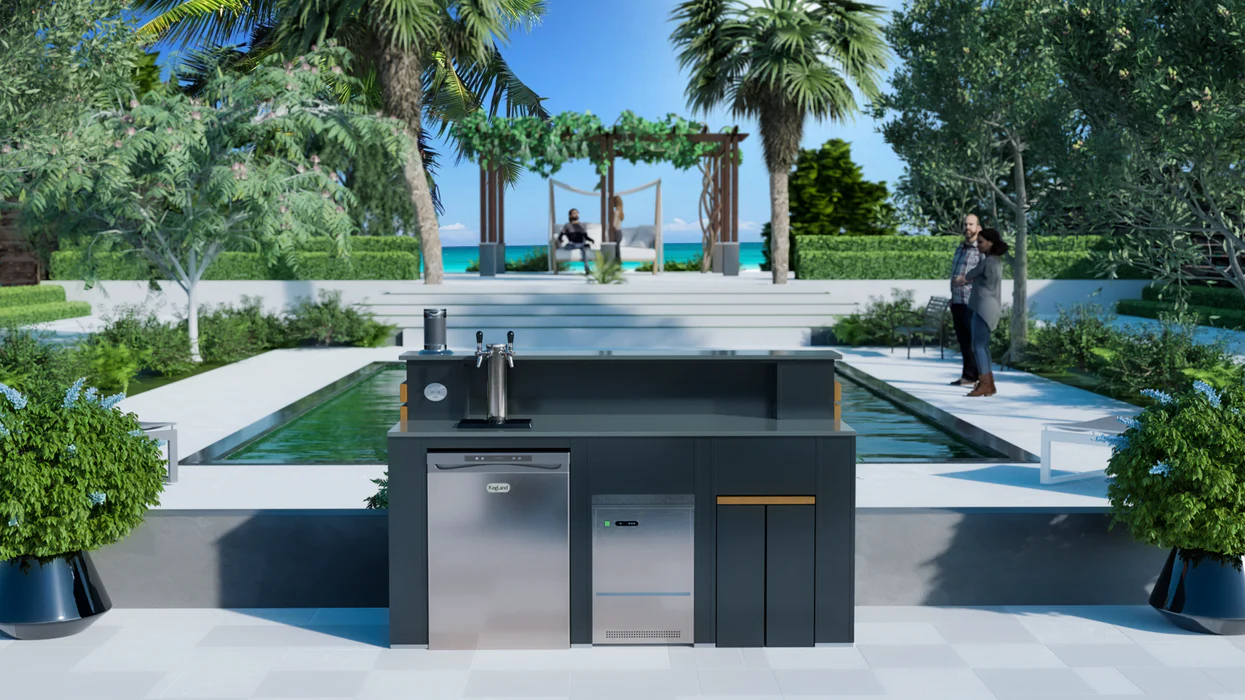

Articles
What Temperature Should A Kegerator Be
Modified: October 20, 2024
Find out the ideal temperature for your kegerator in this informative article. Keep your draft beer perfectly chilled with our expert tips and recommendations.
(Many of the links in this article redirect to a specific reviewed product. Your purchase of these products through affiliate links helps to generate commission for Storables.com, at no extra cost. Learn more)
Introduction
Welcome to the wonderful world of kegerators! These innovative appliances have become increasingly popular among beer enthusiasts and homebrewers. A kegerator is essentially a refrigerator that is specifically designed to store and dispense kegs of beer. Not only does it offer the convenience of having your favorite brew on tap at home, but it also allows you to control the temperature, ensuring that your beer is served at its best.
When it comes to kegged beer, temperature plays a crucial role in maintaining its flavor, carbonation, and overall quality. The right temperature can enhance the unique characteristics of different beer styles, while the wrong temperature can lead to flat, off-flavored, or even spoiled beer. Therefore, it is essential to understand the optimal temperature for your kegerator and how to achieve it.
In this article, we will delve into the world of kegerator temperature and guide you through the factors to consider when determining the ideal temperature range for your setup. We will also explore the importance of temperature consistency and provide tips for maintaining the correct temperature in your kegerator. So, grab a cold one, and let’s dive in!
Key Takeaways:
- Maintaining the ideal temperature in your kegerator is crucial for preserving the flavor, carbonation, and quality of your beer. Factors such as beer style, personal preference, and temperature consistency play a significant role in achieving the perfect serving temperature.
- To ensure your kegerator operates efficiently, avoid common mistakes such as inaccurate temperature settings, poor insulation, and frequent door openings. By following tips like proper placement, regular maintenance, and monitoring ambient temperature, you can maintain the correct temperature and enjoy perfectly chilled, delicious beers.
Read more: What Temperature Should A Freezer Be
Understanding Kegerators and Their Function
Before we dive into the details of kegerator temperature, let’s first have a basic understanding of what a kegerator is and how it works.
A kegerator is essentially a refrigerator that is modified to store and dispense kegs of beer. It is equipped with a cooling system, a tap, and a CO2 tank to maintain the proper temperature and carbonation of the beer. The cooling system keeps the interior of the kegerator cold, while the CO2 tank pressurizes the keg and pushes the beer through the tap. This setup allows you to pour a perfect pint of beer, just like you would get at your favorite pub.
The cooling system in a kegerator typically utilizes a compressor, similar to those found in standard refrigerators. This compressor circulates a refrigerant that absorbs heat from the interior and releases it outside, keeping the temperature inside the kegerator consistently cool.
One crucial aspect of a kegerator’s function is maintaining the correct temperature for the beer. Different styles of beer have their own optimal temperature ranges at which they reveal their full flavor potential. Controlling the temperature in your kegerator ensures that you can enjoy your beer at its best, be it a crisp lager, a hoppy IPA, or a rich stout.
Moreover, a kegerator allows you to have multiple kegs at once, making it perfect for hosting parties or simply having a variety of beers on hand. With a kegerator, you can say goodbye to the hassle of constantly restocking your refrigerator with individual bottles or cans. Instead, you can enjoy the convenience of having a constant supply of freshly tapped beer to share with friends and family.
Now that we have a solid understanding of what a kegerator is and how it functions, let’s explore the factors to consider when determining the temperature for your kegerator.
Factors to Consider when Determining the Temperature for a Kegerator
When it comes to setting the temperature for your kegerator, there are several factors to consider. These factors will help you determine the optimal temperature range for storing and serving your beer. Let’s take a closer look at each one:
- Beer Style: Different beer styles have different temperature requirements to bring out their unique flavors and aromas. Lighter, crisp lagers and pilsners are typically served at colder temperatures, around 35 to 40 degrees Fahrenheit (1 to 4 degrees Celsius). On the other hand, hop-forward beers like IPAs and pale ales are best enjoyed at slightly warmer temperatures, around 45 to 50 degrees Fahrenheit (7 to 10 degrees Celsius). Darker beers such as stouts and porters can be served even warmer, around 50 to 55 degrees Fahrenheit (10 to 13 degrees Celsius).
- Personal Preference: While certain beer styles have recommended temperature ranges, it’s ultimately up to your personal preference. If you prefer your lagers slightly colder or your stouts a bit warmer, feel free to adjust the temperature accordingly. Experimentation is part of the fun!
- Carbonation Level: Carbonation plays a crucial role in the overall taste and mouthfeel of beer. Lower temperatures help maintain higher levels of carbonation, resulting in a crisper and effervescent beer. If you prefer a softer carbonation, you may opt for a slightly higher temperature.
- Ambient Temperature: The temperature of the environment in which your kegerator is located can also impact the temperature inside the unit. If your kegerator is placed in a warm room, you may need to set the temperature lower to compensate for the external heat. Similarly, if the room is cooler, you may need to adjust the temperature accordingly.
- Temperature Stability: It is important to consider how stable the temperature in your kegerator is. Fluctuations in temperature can affect the quality of your beer, so choose a temperature that can be consistently maintained. Look for a kegerator with a reliable temperature control mechanism or consider adding external temperature control devices.
By considering factors such as beer style, personal preference, carbonation level, ambient temperature, and temperature stability, you can determine the ideal temperature range for your kegerator. The next section will outline the recommended temperature ranges for different types of beer to help you make an informed decision.
Ideal Temperature Range for Different Types of Beer
Beer is a wonderfully diverse beverage, with each style offering its own unique characteristics. To fully appreciate the flavors and aromas of different beers, it’s important to store and serve them at the appropriate temperature. Here are the general temperature ranges for various beer styles:
- Lagers and Pilsners: The crisp and refreshing flavors of lagers and pilsners are best enjoyed at colder temperatures. The ideal range is typically between 35 to 40 degrees Fahrenheit (1 to 4 degrees Celsius).
- IPAs and Pale Ales: Hop-forward beers like IPAs and pale ales benefit from being served slightly warmer. Aim for a temperature range of 45 to 50 degrees Fahrenheit (7 to 10 degrees Celsius) to bring out the full aromatic profile and balance the hop bitterness.
- Amber Ales and Brown Ales: These malty and smooth beers can be served at a slightly higher temperature, around 50 to 55 degrees Fahrenheit (10 to 13 degrees Celsius). The warmer temperature allows the malt sweetness and complexity to shine.
- Stouts and Porters: Dark, rich stouts and porters reveal their full character when served at a warmer temperature. Aim for a range of 50 to 55 degrees Fahrenheit (10 to 13 degrees Celsius) to enhance the roasted flavors and creamy mouthfeel.
- Belgian Ales: Belgian ales cover a wide range of styles, from light and fruity to dark and complex. Generally, they are best served at a slightly higher temperature, around 50 to 55 degrees Fahrenheit (10 to 13 degrees Celsius), to allow the yeast-driven flavors to develop fully.
Remember, these temperature ranges are guidelines, and personal preference plays a significant role. You may find that you prefer your beer slightly cooler or warmer than the recommended range. The key is to experiment and find what suits your taste best.
In the next section, we’ll discuss the importance of temperature consistency in your kegerator.
The ideal temperature for a kegerator is between 36-38°F (2-3°C) to keep the beer cold without freezing. Use a digital thermometer to monitor and adjust the temperature as needed.
Importance of Temperature Consistency
Temperature consistency is a critical factor when it comes to storing and serving beer in a kegerator. Maintaining a stable and consistent temperature is essential for preserving the quality and flavor of your beer. Here are a few reasons why temperature consistency is important:
- Preserves Carbonation: Carbonation levels in beer are directly affected by temperature. Higher temperatures can cause excessive carbonation, leading to foamy pours and a loss of carbonation in the beer. On the other hand, lower temperatures can result in under-carbonated beer. By keeping the temperature consistent, you can ensure that your beer retains the perfect level of carbonation.
- Consistent Flavor Profile: Different beer styles have distinct flavor profiles, and temperature can significantly influence these flavors. A consistent temperature allows the beer to maintain its intended taste and aroma profile. Fluctuations in temperature can lead to off-flavors and diminish the overall drinking experience.
- Prolongs Freshness: Beer is a perishable product, and temperature fluctuations can accelerate its degradation. Exposure to high temperatures can cause oxidation and spoilage, leading to stale or off-flavored beer. By keeping a consistent temperature, you can prolong the freshness and shelf life of your kegged beer.
- Optimal Conditioning and Maturation: Certain beer styles, such as lagers and barrel-aged beers, benefit from a period of conditioning and maturation. Consistent temperature is crucial during this process, as it allows the flavors to meld and develop over time. Temperature fluctuations can disrupt the maturation process and prevent the beer from reaching its full potential.
- Temperature-Dependent Yeast Activity: The fermentation process in beer is carried out by yeast, and temperature plays a vital role in yeast activity. Different yeast strains have preferred temperature ranges for optimal fermentation. Inconsistent temperatures can lead to stressed yeast, incomplete fermentation, and off-flavors in the final beer.
To maintain temperature consistency in your kegerator, it’s important to invest in a reliable temperature control mechanism. Many kegerators are equipped with built-in temperature control systems that allow you to set and monitor the desired temperature. Additionally, consider placing a thermometer inside the kegerator to ensure that the temperature remains within the desired range.
Now that we understand the importance of temperature consistency, let’s discuss some common mistakes and issues to avoid when it comes to kegerator temperature.
Read more: What Temperature Should A Walk In Freezer Be
Common Mistakes and Issues with Kegerator Temperature
While a kegerator can be a fantastic addition to your home bar setup, there are some common mistakes and issues that can arise when it comes to maintaining the proper temperature. Being aware of these pitfalls will help you avoid potential problems and ensure that your beer is always served at its best. Here are a few common mistakes and issues with kegerator temperature:
- Inaccurate Temperature Settings: One of the most common mistakes is setting the temperature incorrectly. It’s crucial to calibrate and adjust the temperature control mechanism to ensure that it accurately reflects the desired temperature inside the kegerator. Using a separate thermometer to cross-reference the temperature can help you identify any discrepancies.
- Poor Insulation: Insufficient insulation in the kegerator can lead to temperature fluctuations. Check for proper insulation around the door and walls of the unit. Inadequate insulation can also result in higher energy consumption and increased strain on the cooling system.
- Opening the Door Frequently: Every time you open the kegerator door, warm air enters the unit, causing the temperature to rise temporarily. Avoid opening the door unnecessarily or for extended periods to maintain a consistent temperature. Consider organizing the keg and other supplies inside the kegerator so you can access them efficiently.
- Poor Temperature Distribution: Ensure that the temperature inside the kegerator is evenly distributed. Poor airflow can lead to temperature variations inside the unit, affecting the quality of your beer. Arrange the kegs and other items in a way that allows for proper airflow and temperature circulation.
- Exposing to Direct Sunlight: Placing your kegerator in direct sunlight can significantly raise the temperature inside the unit. This can lead to overcooling and potential damage to the keg and beer. Choose a location for your kegerator away from direct sunlight or use shades or curtains to protect it from heat.
- Ignoring Regular Maintenance: Regular maintenance is essential to ensure the efficient operation of your kegerator. Clean the kegerator regularly, including the cooling coils and condenser, to remove any dust, debris, or mold that can affect temperature control. Additionally, check for any leaks in the system that could impact the cooling performance.
By avoiding these common mistakes and addressing any potential issues promptly, you can maintain a consistent and optimal temperature in your kegerator, resulting in a better drinking experience and preserved beer quality.
Now that we have covered some of the common mistakes and issues, let’s explore some tips for maintaining the correct temperature in your kegerator.
Tips for Maintaining the Correct Temperature in a Kegerator
Keeping your kegerator at the correct temperature is essential for preserving the quality of your beer. Here are some helpful tips to ensure that your kegerator maintains the desired temperature:
- Proper Placement: Choose a suitable location for your kegerator, away from direct sunlight, heat sources, and areas with high temperature fluctuations. This will help maintain a consistent temperature inside the unit.
- Optimal Temperature Control: Calibrate and adjust the temperature control mechanism of your kegerator to accurately reflect the desired temperature. Use a separate thermometer to cross-reference and ensure accuracy.
- Avoid Frequent Door Openings: Minimize the frequency and duration of opening the kegerator door to prevent warm air from entering. This helps maintain a stable temperature inside the unit.
- Insulate Properly: Check for adequate insulation around the door and walls of the kegerator. Proper insulation prevents temperature fluctuations and improves energy efficiency.
- Regular Maintenance: Clean the kegerator regularly, including the cooling coils and condenser, to remove dust, debris, and mold that can affect temperature control. Check for any leaks that could impact cooling performance.
- Use a Fan: Consider using a small fan inside the kegerator to improve air circulation and temperature distribution. This ensures that the temperature remains consistent throughout the unit.
- Monitor Ambient Temperature: Be mindful of the ambient temperature around the kegerator. Adjust the temperature inside the unit accordingly if the external temperature changes significantly.
- Consider External Temperature Control: If temperature control is a challenge, consider investing in external temperature control devices or accessories. These can provide more precise control over the temperature inside the kegerator.
- Regularly Check Carbonation Levels: Keep an eye on the carbonation levels of your beer. Adjust the temperature if the CO2 pressure needs to be increased or decreased to maintain the desired carbonation level.
By following these tips, you can maintain the correct temperature in your kegerator, ensuring that your beer is always served at its best. Consistency in temperature is key to preserving the quality, flavor, and carbonation of your favorite brews.
As a final note, remember that experimentation and personal preference play a role in determining the ideal temperature for your kegerator. Feel free to adjust the temperature within the recommended ranges to find what suits your taste buds best. Cheers to perfectly chilled and delicious beers straight from your very own kegerator!
Conclusion
In conclusion, understanding and maintaining the correct temperature in your kegerator is crucial for enjoying the optimal flavor, carbonation, and overall quality of your beer. By considering factors such as beer style, personal preference, carbonation level, ambient temperature, and temperature stability, you can determine the ideal temperature range for your kegerator.
We explored the recommended temperature ranges for different types of beer, from lagers and IPAs to stouts and Belgian ales. These temperature ranges serve as guidelines, and you can adjust them based on your own preferences. Additionally, we discussed the importance of temperature consistency in preserving carbonation, maintaining a consistent flavor profile, prolonging freshness, and allowing optimal conditioning and maturation.
We also highlighted common mistakes and issues that can arise with kegerator temperature, such as inaccurate temperature settings, poor insulation, frequent door openings, inadequate temperature distribution, exposure to direct sunlight, and neglecting regular maintenance. By being mindful of these potential pitfalls, you can ensure that your kegerator operates efficiently and maintains the desired temperature consistently.
Finally, we provided tips for maintaining the correct temperature in your kegerator, including proper placement, optimal temperature control, avoiding frequent door openings, proper insulation, regular maintenance, using a fan, monitoring ambient temperature, considering external temperature control devices, and regularly checking carbonation levels.
By following these tips and taking into account the unique characteristics of your favorite beer styles, you can create the perfect environment for storing and dispensing your kegged beer. Whether you’re hosting a party, enjoying a refreshing drink after a long day, or sharing a pint with friends, having a properly maintained kegerator ensures that you can savor the true flavors of your favorite brews.
So, raise your glass and toast to the wonderful world of kegerators, where the right temperature brings out the best in every beer. Cheers!
Frequently Asked Questions about What Temperature Should A Kegerator Be
Was this page helpful?
At Storables.com, we guarantee accurate and reliable information. Our content, validated by Expert Board Contributors, is crafted following stringent Editorial Policies. We're committed to providing you with well-researched, expert-backed insights for all your informational needs.
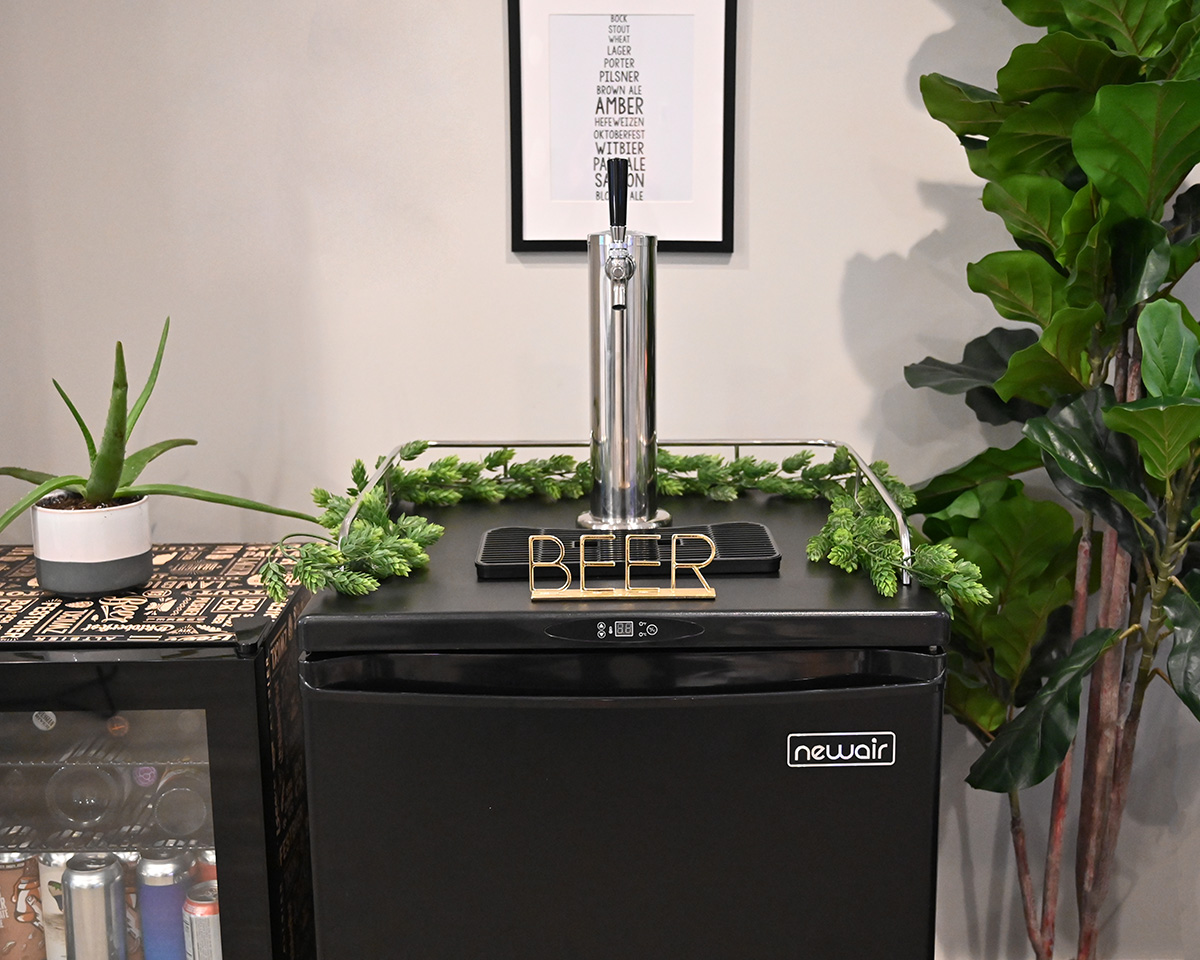
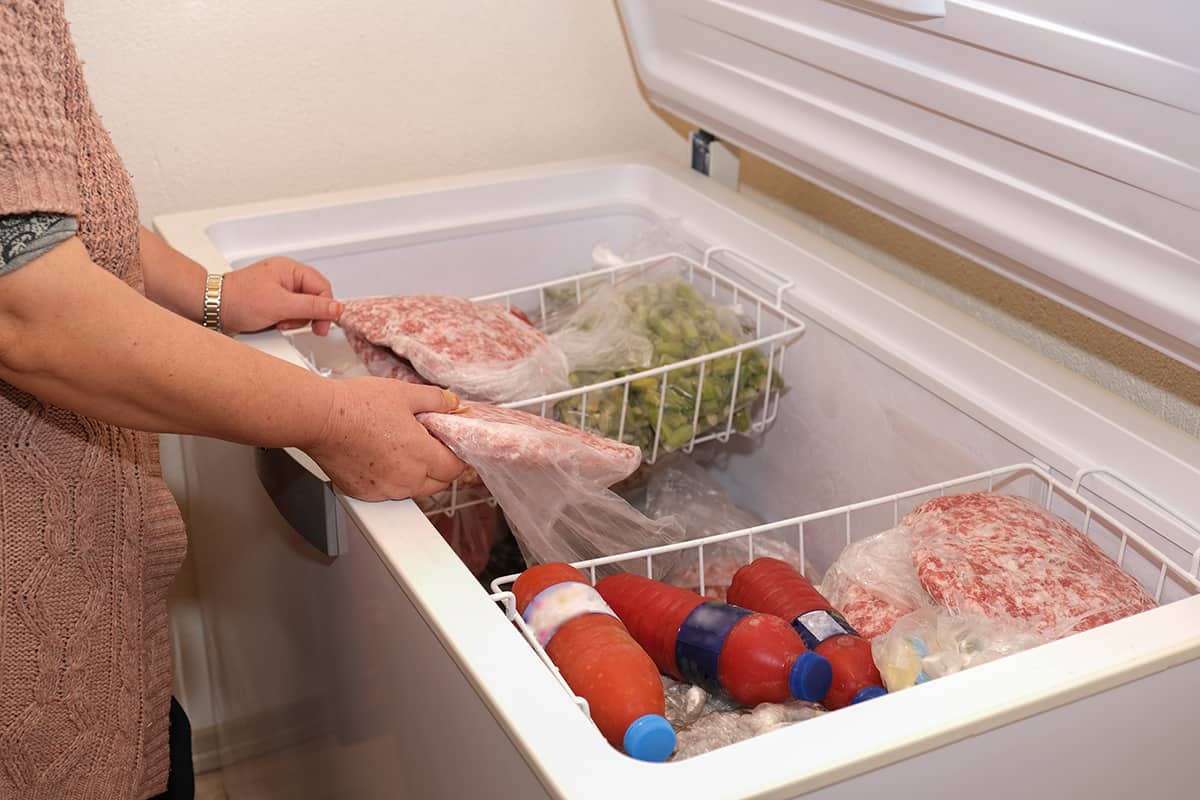
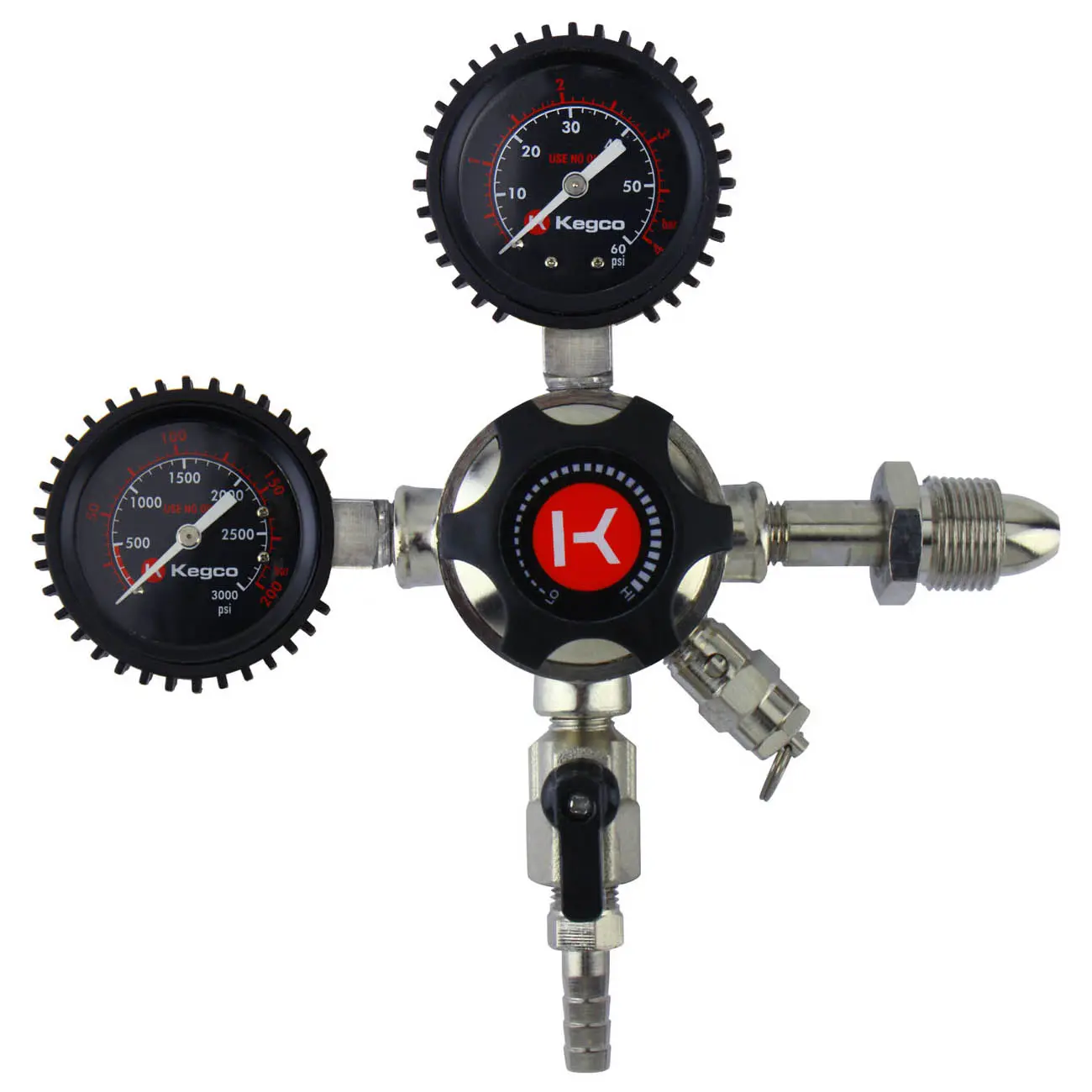
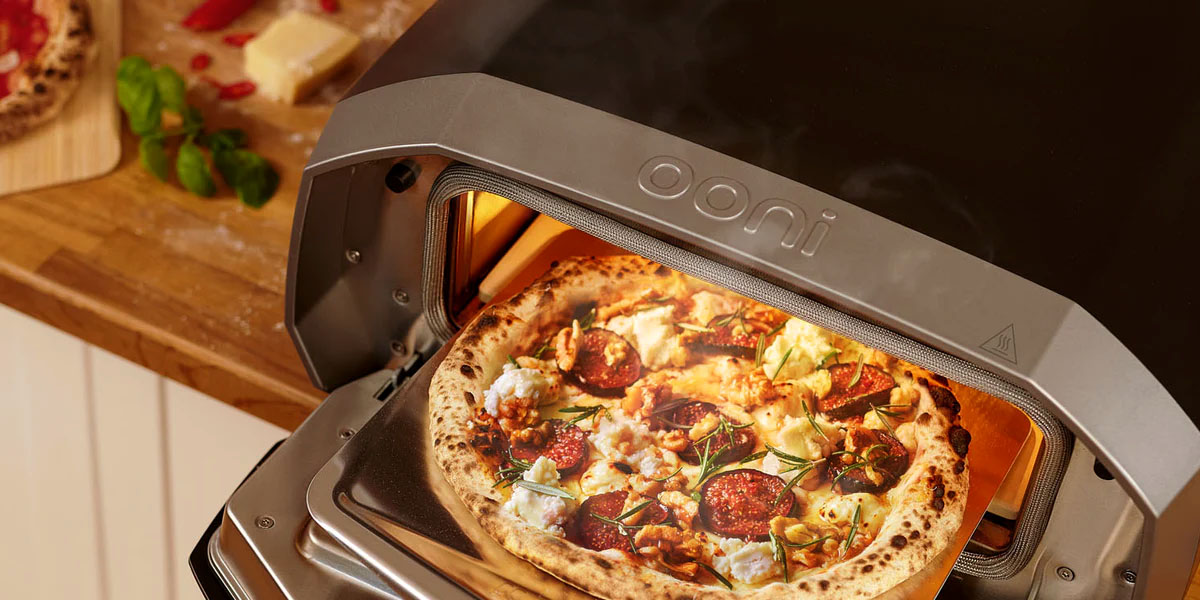

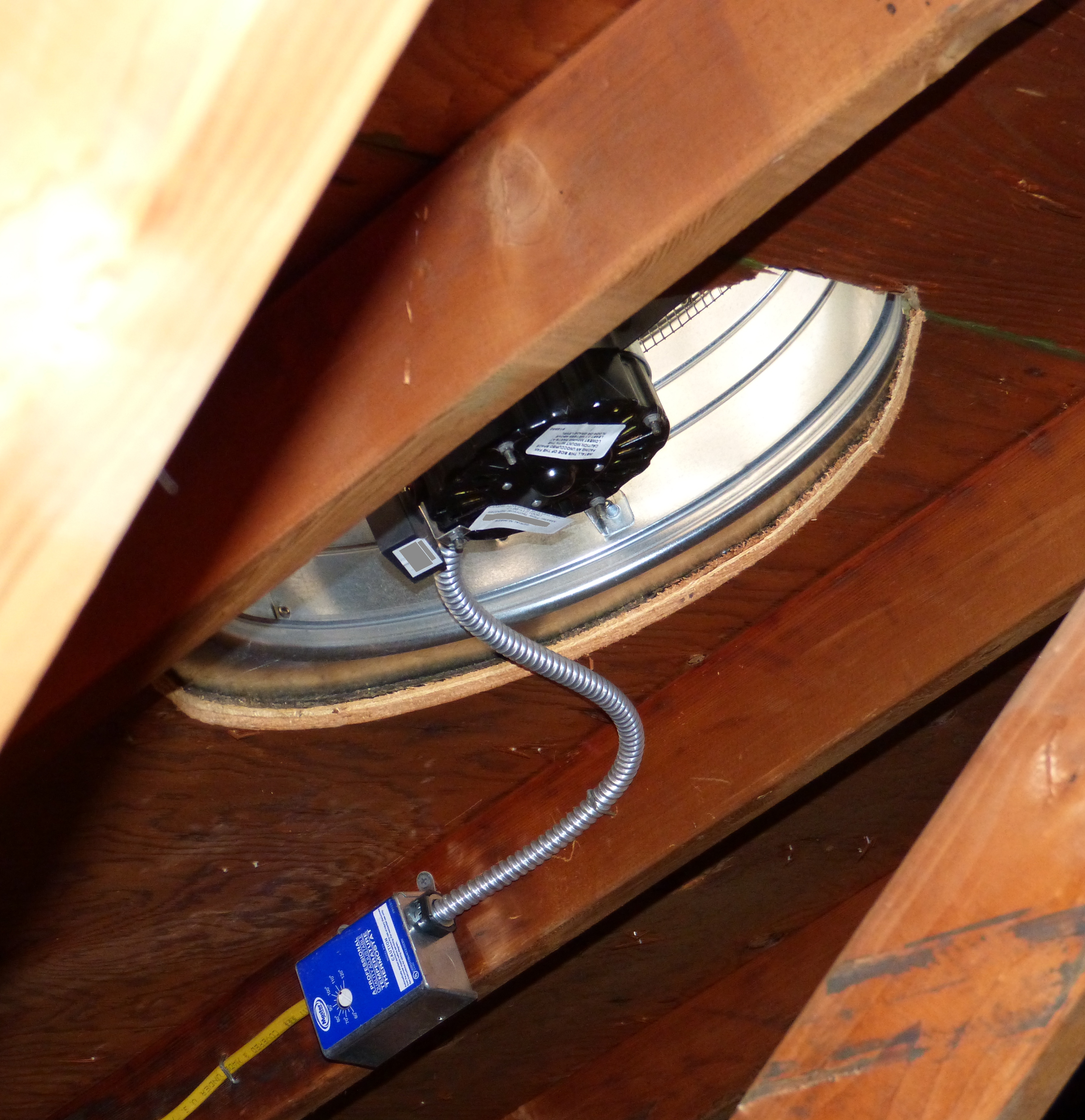
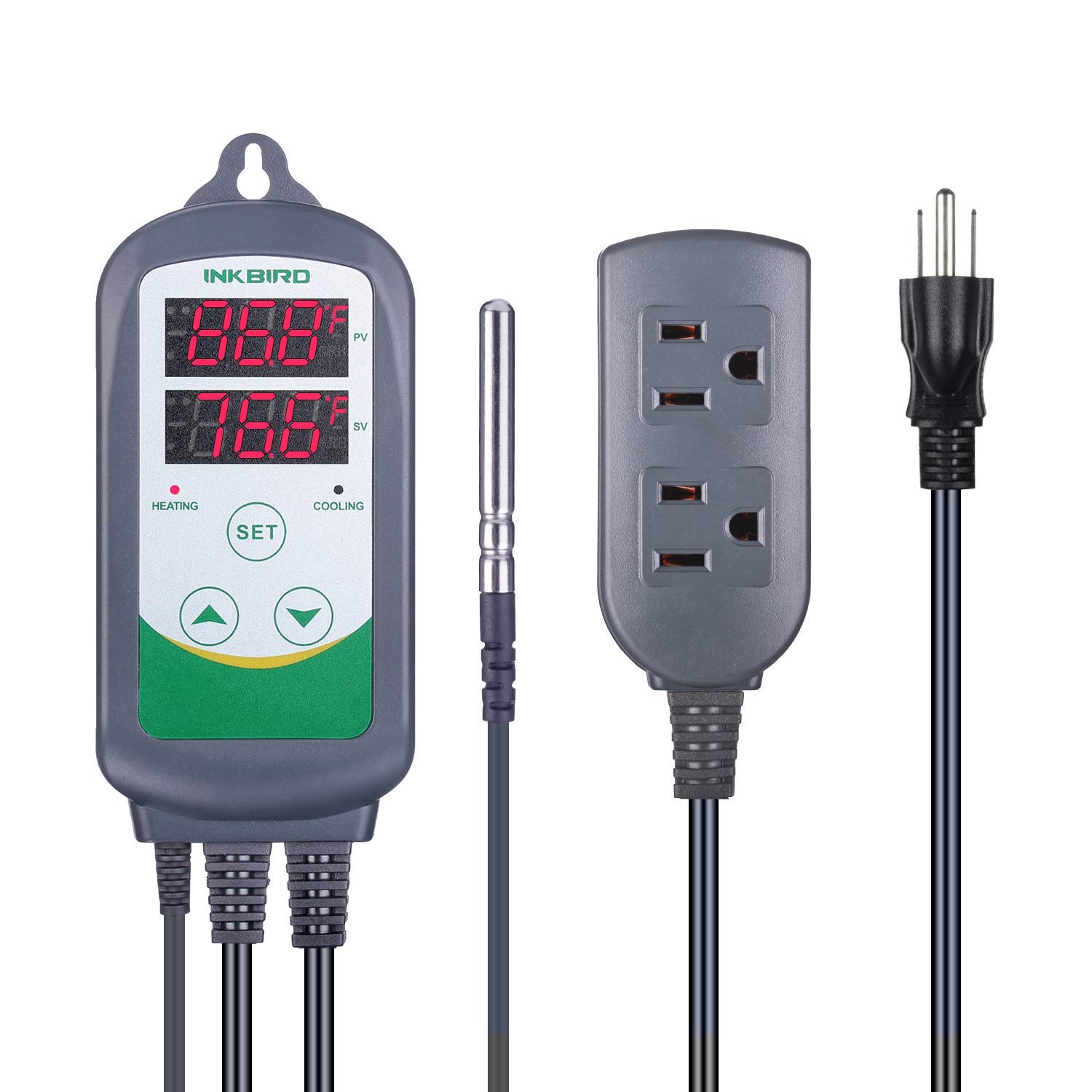
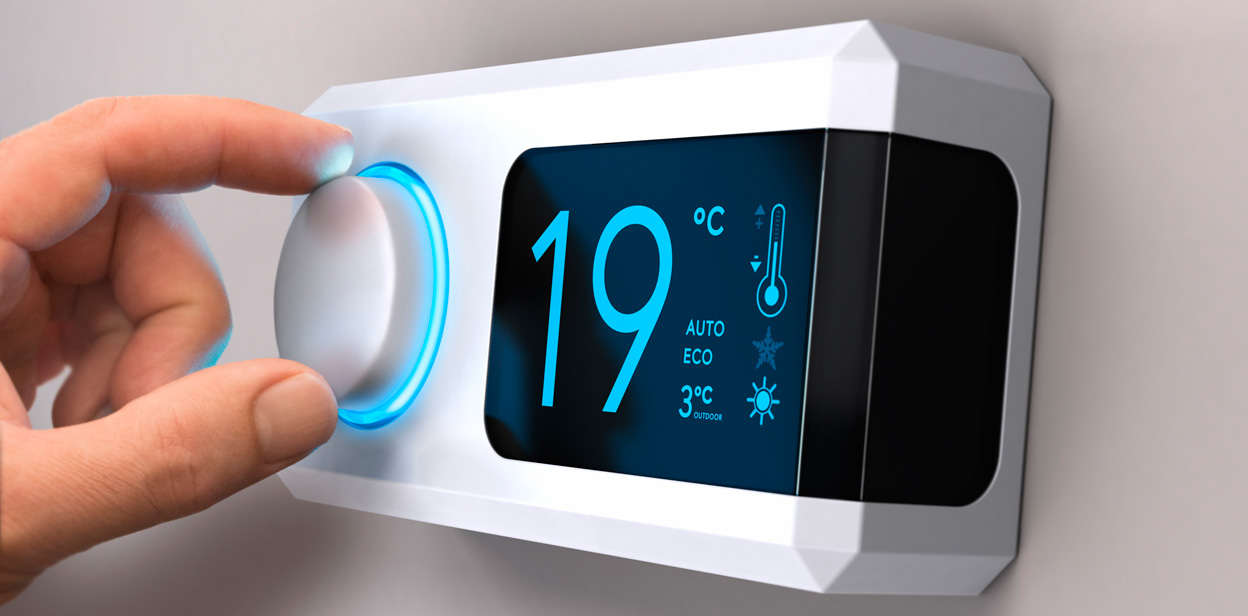
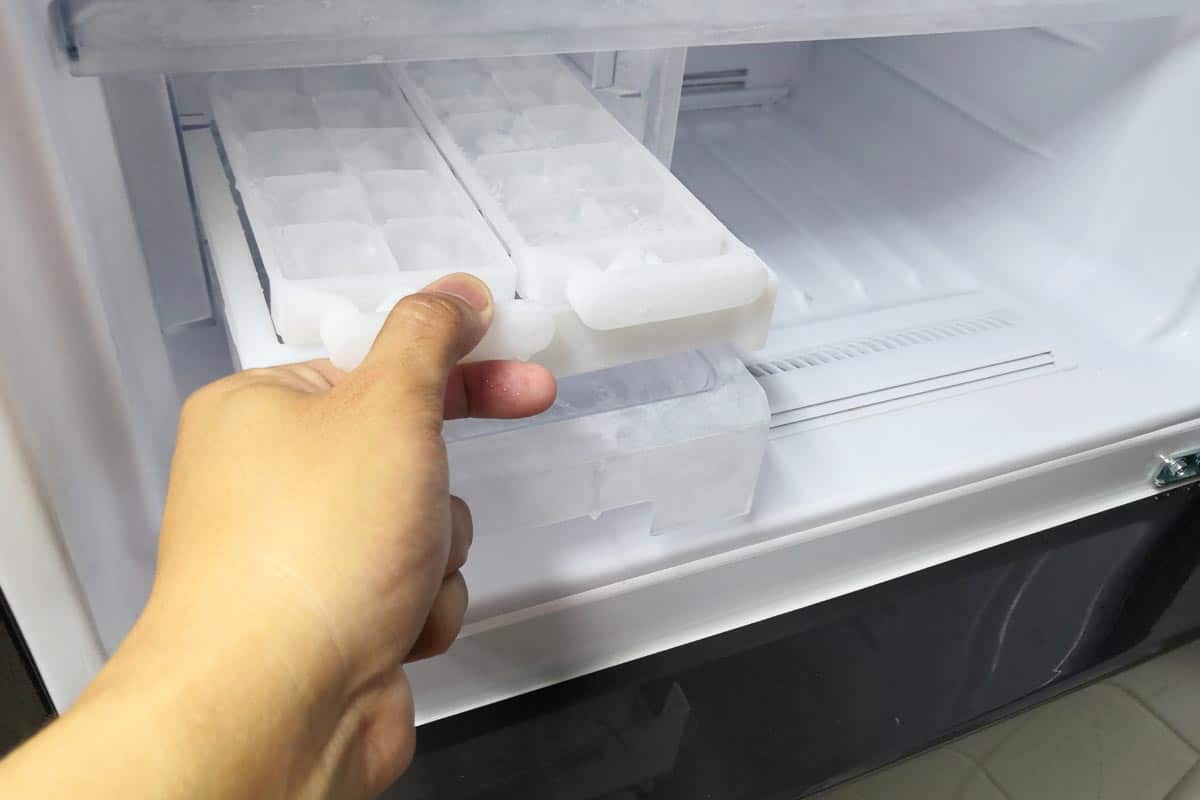
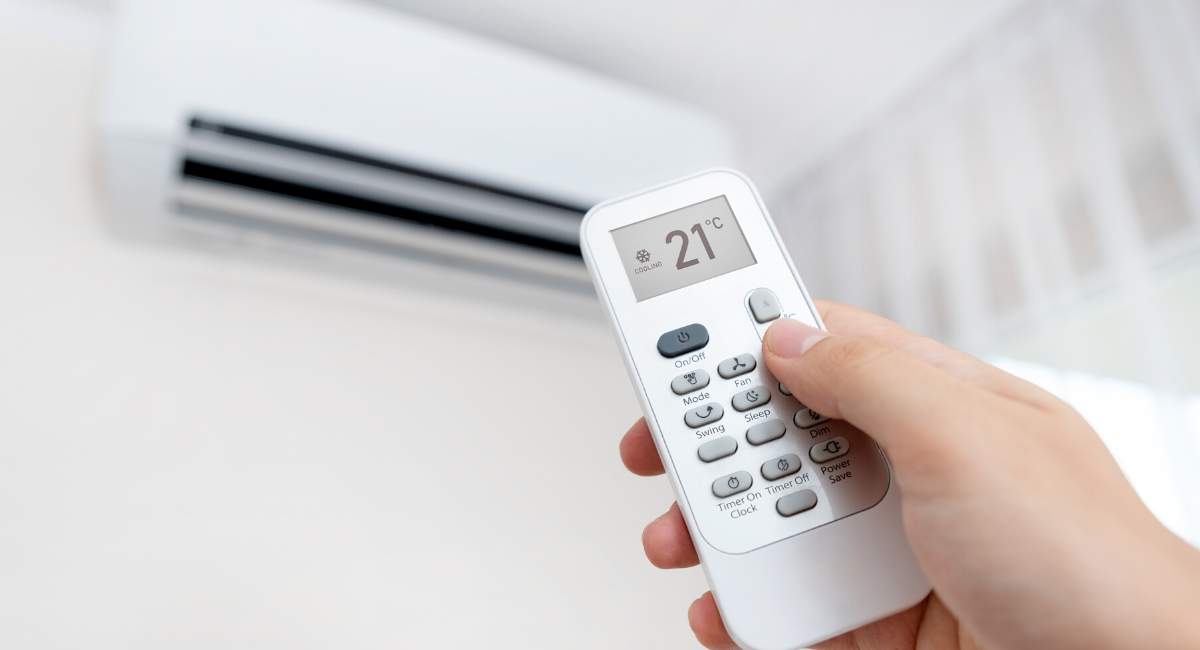

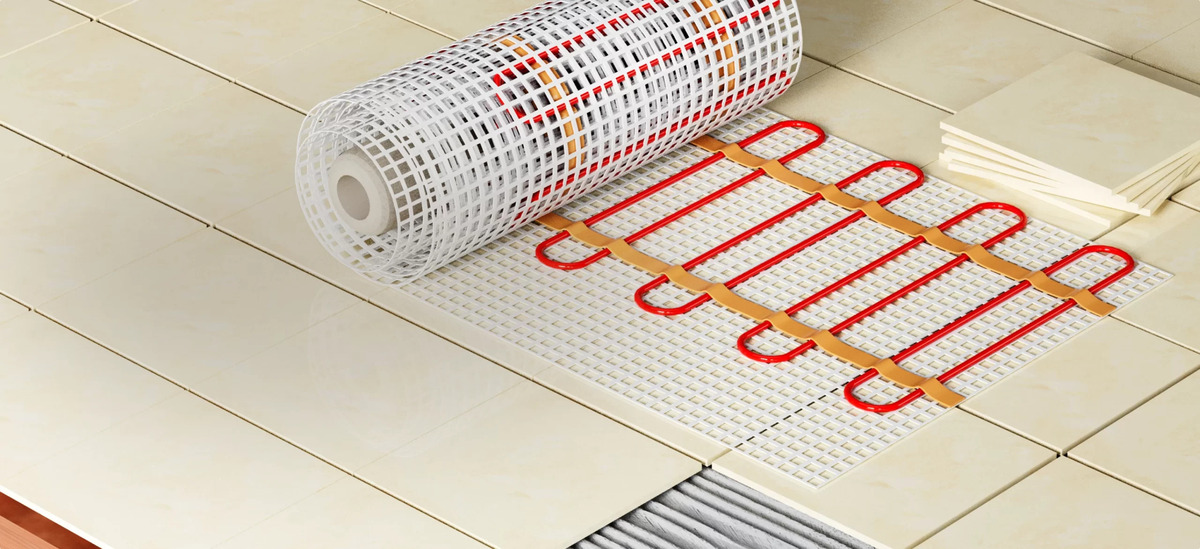
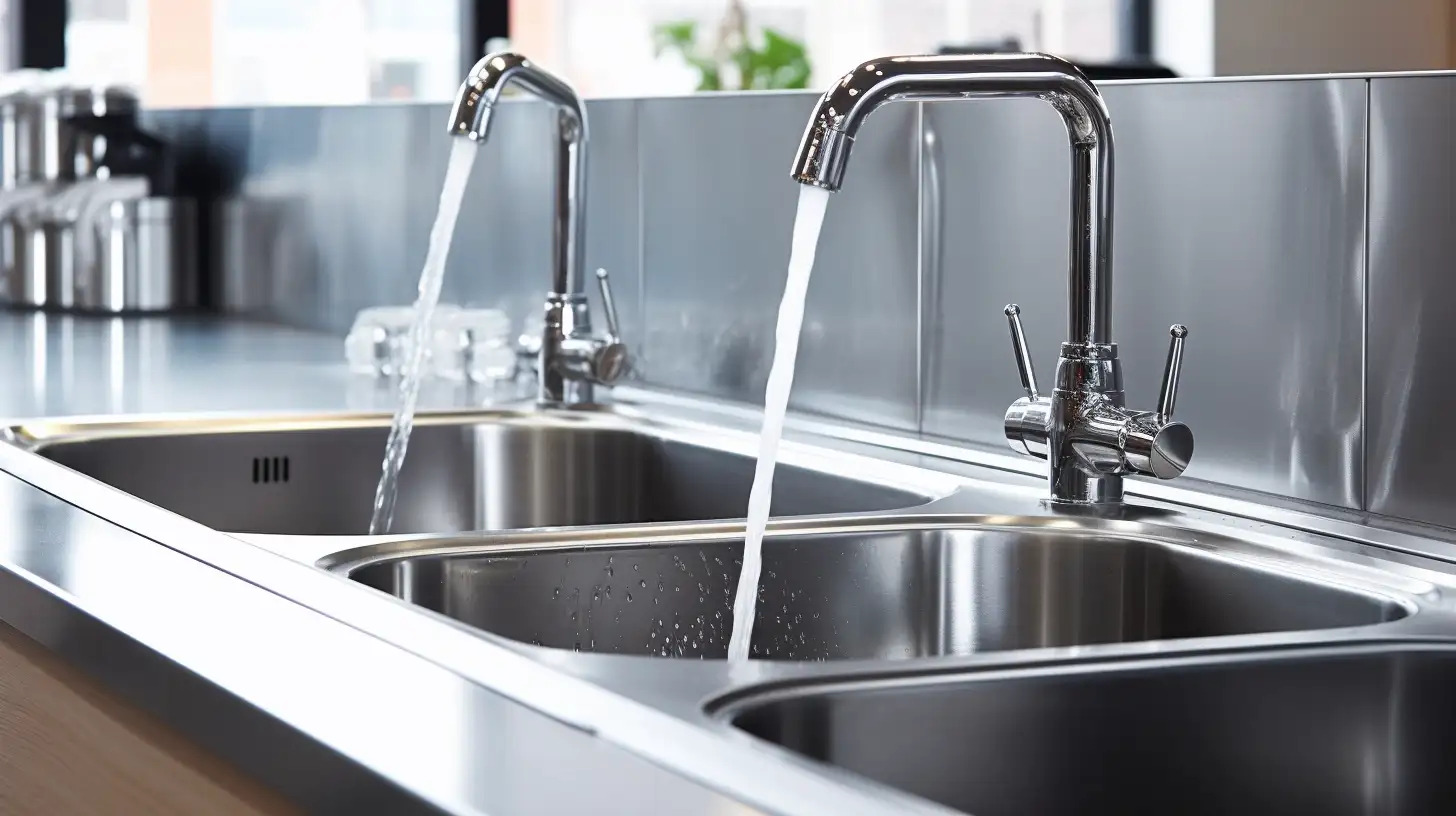
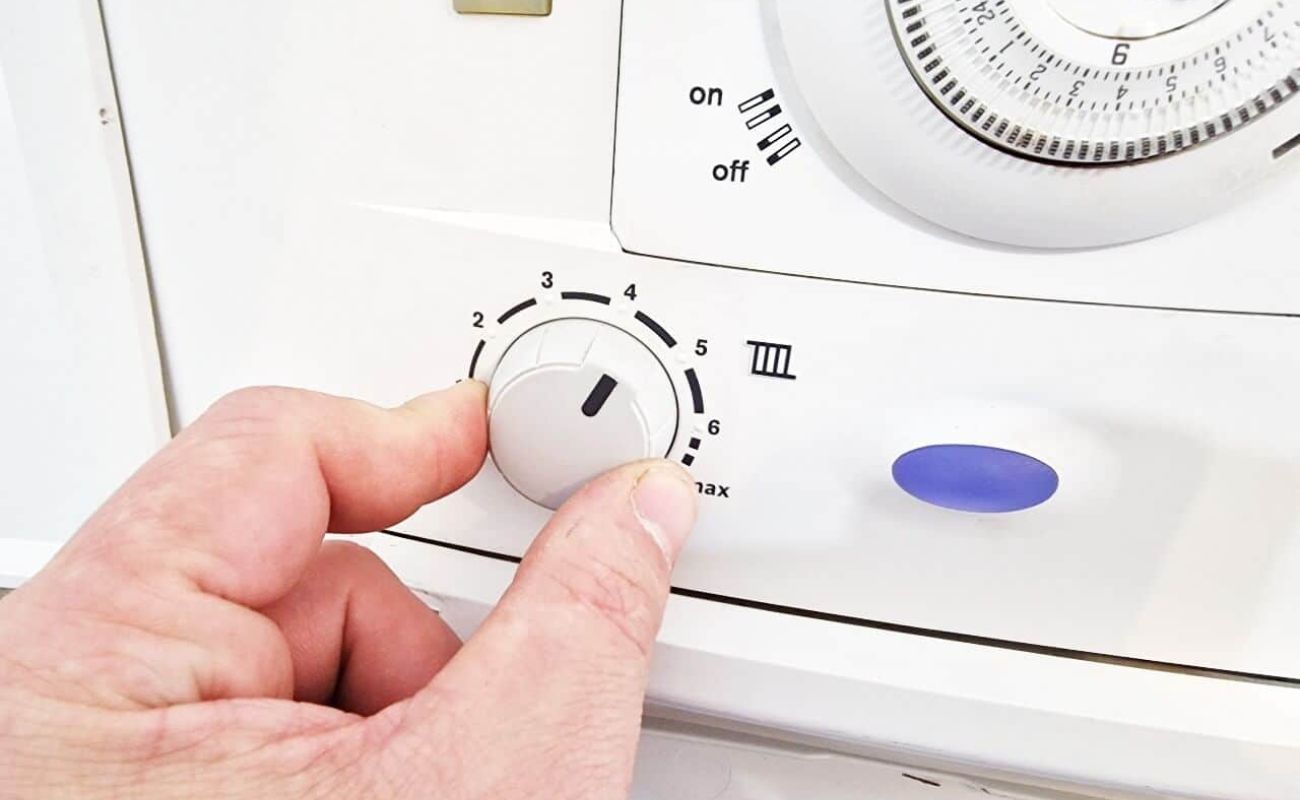

0 thoughts on “What Temperature Should A Kegerator Be”